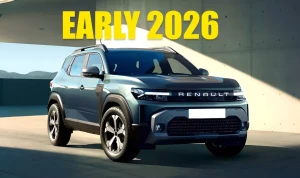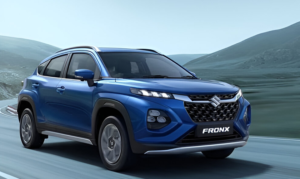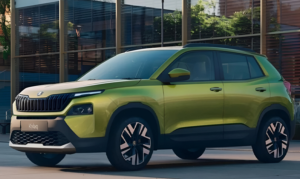GST Council’s Tax Revamp Could Reshape ICE Car Prices Nationwide
- GST Council car tax revamp, likely ICE car price change, and what it means for your next purchase.
- Expected timing, potential car price reduction GST effects.
- Who benefits if new GST rates for cars kick in.
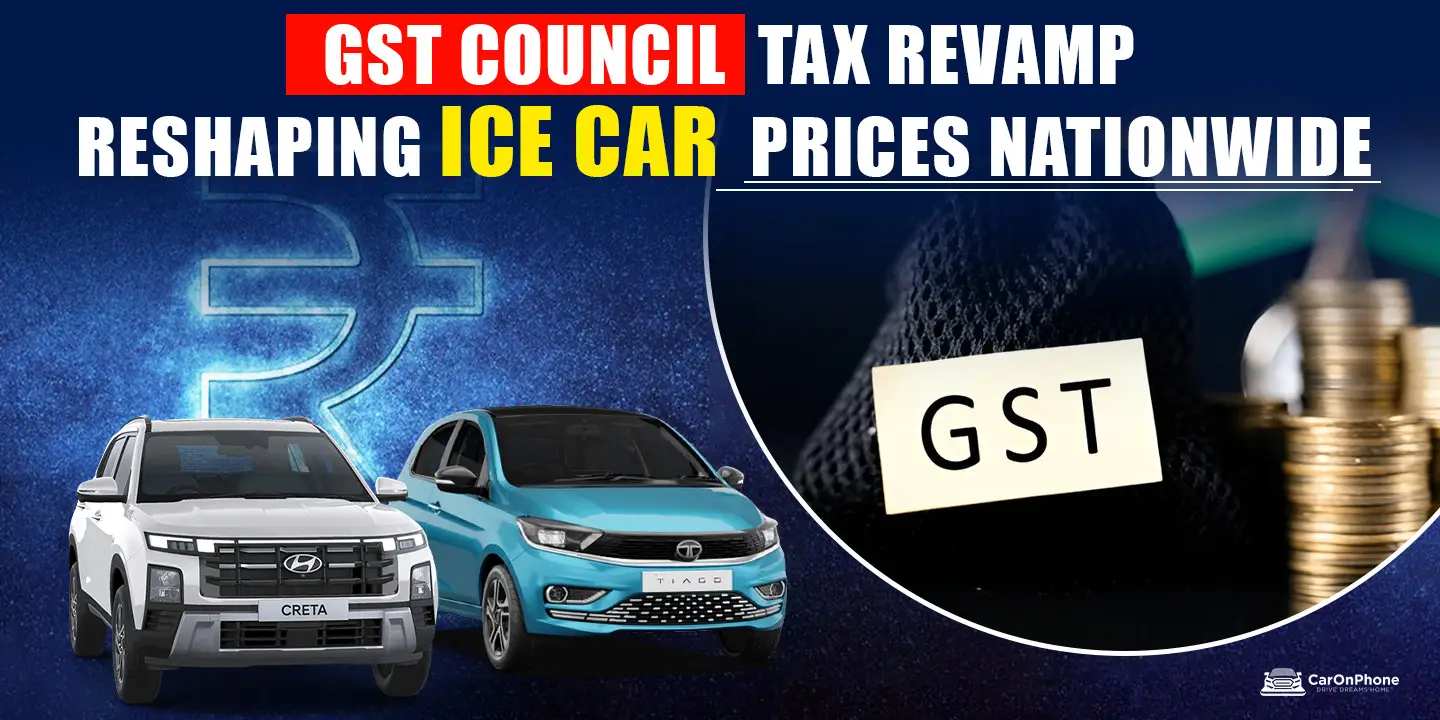
If you have been eyeing a new petrol or diesel car, the ICE car price change conversation just got real. India’s GST Council is weighing a major rate rationalization that could directly influence showroom stickers and on-road math.
Fewer tax slabs, simpler rules, and clearer price signals could become the norm. The policy mood leans toward relief for mass-market buyers, but there’s also going to be a little uncertainty for premium segments.
GST Council car tax: changes explained
Policymakers are evaluating a two-slab structure of 5% and 18%, plus a 40% bucket for sin and luxury items.
Proposals on the table would shift most internal combustion vehicles from 28% GST to 18%, while EVs would continue at 5%.
The intent is to streamline rates and lower ex-showroom prices, which typically roll through to on-road costs. Analysts broadly see automobiles as key beneficiaries if this rationalization lands as outlined.
ICE car price change: what do the numbers say?
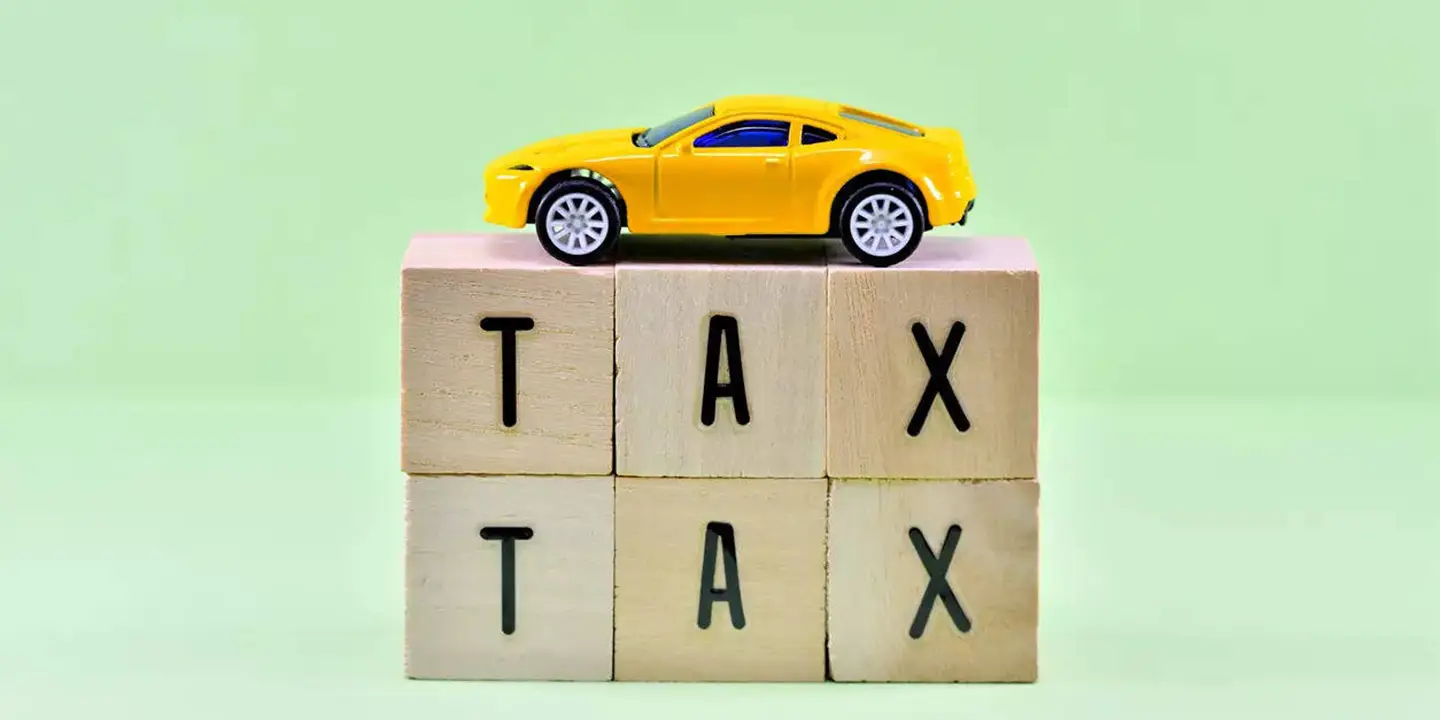
Early estimates suggest entry-level cars might see reductions of roughly 6% to 8%, translating to about ₹30,000 to ₹36,000 in many cases.
Larger vehicles could see a smaller benefit if they are slotted into a 40% bracket with cess adjustments.
The core goal is to nudge affordability, trigger fresh demand, and help first-time buyers who have sat out recent price hikes.
When will new GST rates for cars become official?

Industry groups are urging a quick rollout, ideally aligning with the festive buying window. A Council meeting window in early September has been indicated. There are talks about implementation by Vijayadashami if approvals line up.
Dealers say inquiries are up, but some buyers are waiting to see the final call about GST on cars India before booking. Speed matters here, since car-purchase momentum tends to snowball during Navratri and Diwali.
Will EVs lose their advantage after latest GST on cars?
EVs currently enjoy a 5% GST, which has been a core pillar of their price appeal. If ICE rates fall to 18%, the gap narrows, and the EV premium could feel larger to a budget-minded buyer.
Research says that a broad cut risks softening EV momentum in the near term, even as the long-term transition stays intact. Policymakers have to balance affordability with the country’s clean mobility targets.
How buyers and automakers should understand car price reduction GST?

For buyers, clarity is coming, so it makes sense to track the Council’s decision, dealer offers, and financing updates in tandem.
For automakers and dealers, a cleaner rate map reduces friction, supports planning, and can unlock pent-up demand.
Market watchers also flag broader tailwinds from a consumption push if the rate cuts spread across categories, which often lifts automobiles first, then allied sectors like components and finance.
Next steps if you are planning to buy a car
- Shortlist now: Lock features, variants, and colors, so you can move quickly when new GST rates for cars are confirmed.
- Run the math: Recalculate EMI and on-road with a potential 18% rate; the difference is more than it looks once fees, insurance, and interest stack up. You can use CarOnPhone’s EMI calculator to help with this.
- Time your booking: Watch the Council’s calendar and dealer advisories for when the GST Council car tax decision becomes official.
Tags:
CarOnPhone is your one-stop destination to see all upcoming cars, latest cars, released cars, and EV Cars, and compare Cars in all Car Brands. Stay tuned and follow us to update yourself on the automotive world.





